Why Choosing the Right Wire and Cable is Essential for Your Projects
In the dynamic landscape of electrical engineering and construction, the importance of selecting the appropriate wire and cable cannot be overstated. As projects become increasingly complex, so too does the necessity for reliable and efficient wiring solutions. According to recent market research from the International Wire and Cable Group, the global wire and cable market is projected to reach approximately $300 billion by 2025, underlining the significant role these components play in various sectors, including telecommunications, energy, and manufacturing.
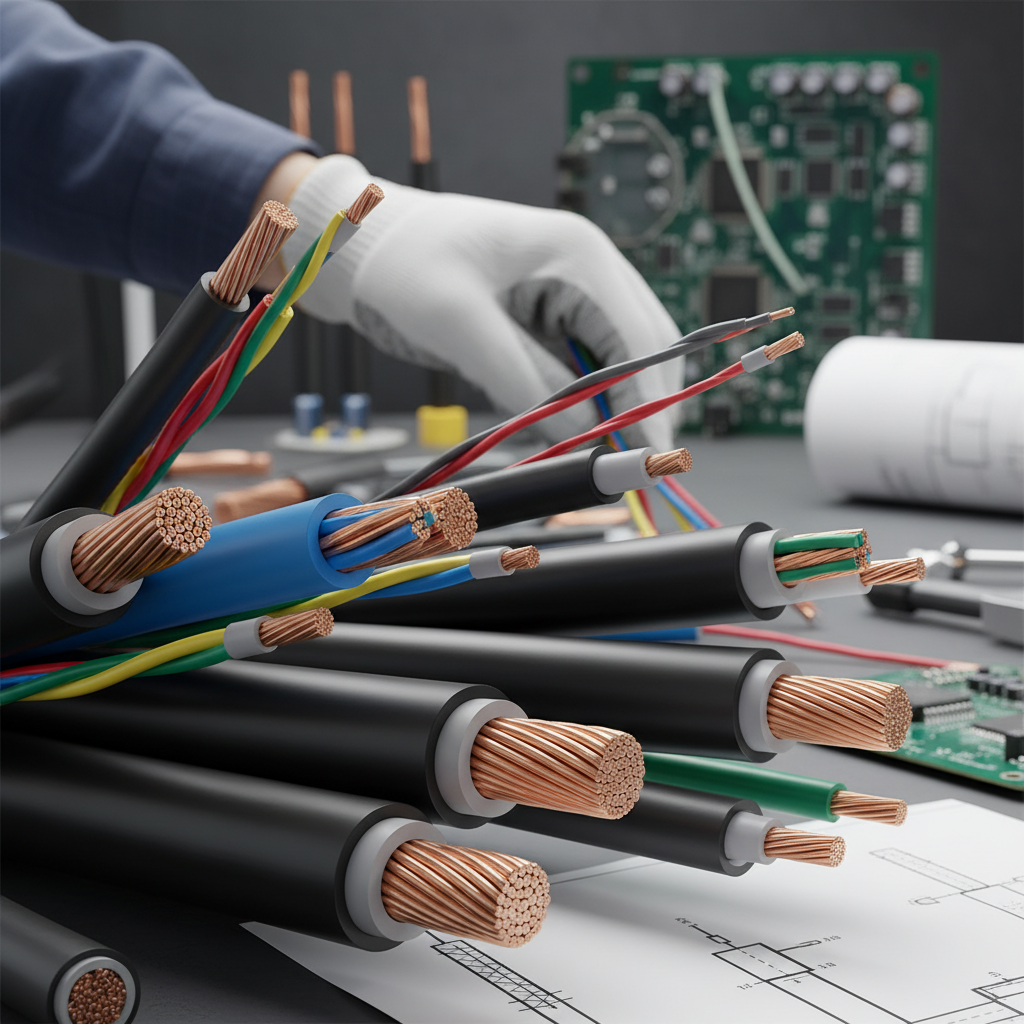
Expert opinions further emphasize the crucial nature of this selection process. Dr. Emily Thompson, a renowned authority in the wire and cable industry, asserts, "Choosing the right wire and cable not only impacts the safety and efficiency of a project but also contributes to its overall longevity and performance." With an array of specifications, applications, and compliance standards to navigate, decision-makers must remain informed and strategic when selecting these essential materials. Ultimately, ensuring the right wire and cable is chosen is pivotal for the success of any engineering endeavor.
Importance of Selecting the Correct Wire and Cable for Electrical Safety Compliance
Selecting the correct wire and cable for electrical projects is not merely a matter of performance; it is fundamentally connected to electrical safety compliance. According to the National Fire Protection Association (NFPA), faulty wiring is a leading cause of electrical fires, accounting for nearly 50,000 incidents annually in the United States alone. This statistic underscores the critical nature of making informed decisions when it comes to wire specifications, ensuring they meet or exceed safety standards established by organizations such as the Underwriters Laboratories (UL).
Furthermore, utilizing the appropriate materials impacts both the longevity and reliability of electrical systems. A report by the Institute of Electrical and Electronics Engineers (IEEE) suggests that improper wire selection can lead to increased resistance, overheating, and ultimately equipment failure. By choosing cables that are compliant with the National Electrical Code (NEC) and appropriate for the intended environment—whether indoor, outdoor, or hazardous locations—project managers can mitigate risks significantly. Thus, prioritizing the right wire and cable selection plays a pivotal role in safeguarding both personnel and property from electrical hazards.
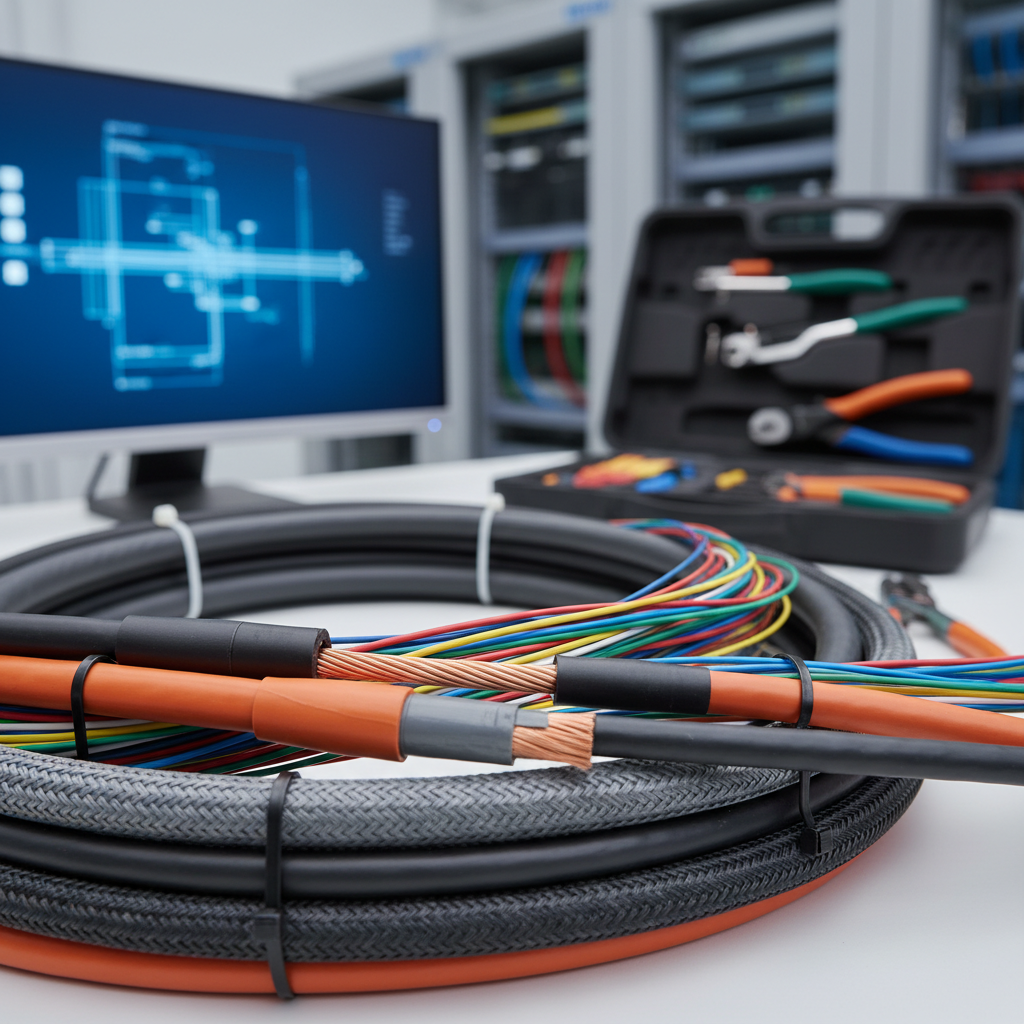
Impact of Wire Gauge on Energy Efficiency in Electrical Projects
When embarking on electrical projects, the choice of wire gauge is pivotal in ensuring energy efficiency. The wire gauge affects the resistance encountered as electricity flows through the conductor. A smaller gauge number means a thicker wire, which typically allows for more current to pass with less resistance. This reduced resistance minimizes energy loss in the form of heat, thereby increasing the overall efficiency of the electrical system.
Selecting the appropriate wire gauge also plays a crucial role in the longevity and safety of electrical installations. Overly thin wires may overheat and pose fire hazards, while thicker wires are better equipped to handle higher current loads without degradation. Thus, using a wire gauge that aligns with the specific requirements of a project—considering factors such as current load, distance, and environmental conditions—ensures optimal performance and energy consumption. Making informed choices about wire gauge ultimately leads to more reliable and efficient electrical systems, highlighting the essential nature of this decision in any project planning.
Impact of Wire Gauge on Energy Efficiency in Electrical Projects
Understanding Voltage Drop and Its Effect on Project Performance
When selecting wires and cables for your projects, understanding voltage drop is crucial. Voltage drop occurs when the electrical voltage decreases along the length of the wire due to resistance, which can significantly impact the performance of your electrical systems. If the voltage drop exceeds acceptable limits, it can lead to inefficiency, increased energy consumption, and even damage to connected devices. Recognizing the importance of minimizing voltage drop ensures that your projects operate reliably and effectively.
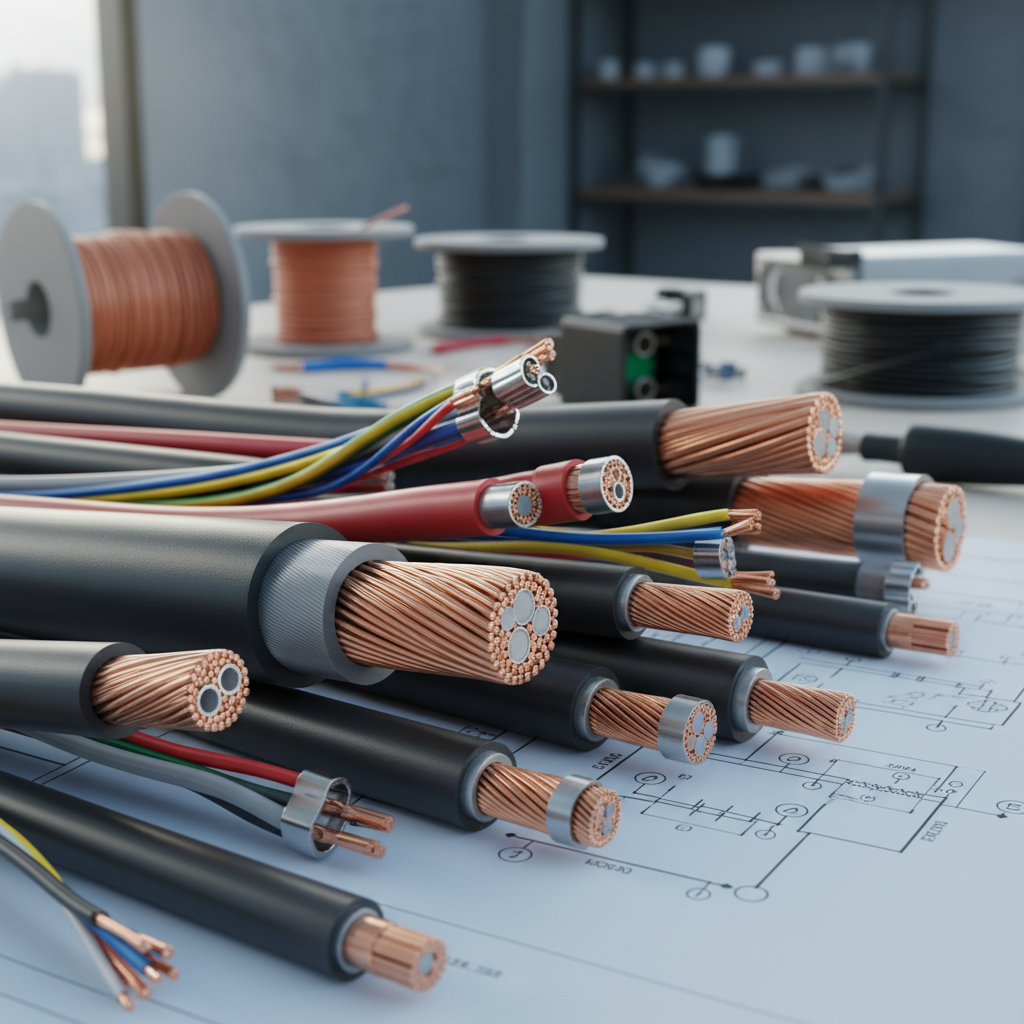
Tips: To mitigate voltage drop, it's essential to choose wires with the appropriate gauge for your specific distance and load requirements. Thicker wires have lower resistance and can carry more current without significant voltage loss. Additionally, keep the length of your wire runs as short as possible. Avoiding unnecessary bends or loops in your wiring can also help maintain optimal voltage levels.
Tips: Finally, consider the total load your project will incur. Calculate the maximum current that your system will consume and select cables accordingly. This proactive approach not only enhances performance but also prolongs the lifespan of your electrical components, ensuring your projects succeed without costly interruptions.
Innovative Cable Materials Driving Project Cost Savings and Durability
Choosing the right wire and cable can significantly impact the success of your projects, particularly when considering innovative cable materials that enhance both cost savings and durability. Recent advancements in cable technology have introduced materials that not only meet stringent safety standards but also improve performance in demanding environments. For instance, some manufacturers are developing cables that excel in fire resistance and sustainability, showcasing a commitment to both reliability and environmental responsibility.
Tips: Always assess the specific requirements of your project, including environmental factors and load demands. Opt for materials that have proven performance in real-world applications, particularly in sectors such as construction and energy, where durability is critical.
As projects evolve, incorporating trends like lightweight materials and advanced composites can yield unexpected advantages. These cutting-edge materials not only reduce overall weight but also enhance the efficiency of installation processes. By staying informed about the latest innovations, you can ensure that your projects benefit from the best available technologies.
Tips: Consider collaborating with suppliers who prioritize research and development. This partnership can provide access to the latest advancements and help you stay ahead of industry trends.
Future Trends in Wire and Cable Technology that Enhance Project Sustainability
The wire and cable industry is undergoing significant transformations driven by the need for enhanced sustainability and efficiency. Recent reports from the International Wire and Cable Symposium indicate that demand for eco-friendly materials has surged by over 25% in the past five years. Manufacturers are increasingly focusing on refined production processes that reduce waste, lower energy consumption, and utilize recyclable materials. This shift not only benefits the environment but also aligns with regulatory pressures and consumer preferences for greener products.
Emerging technologies such as advanced polymer materials and energy-efficient insulation are paving the way for more sustainable wire and cable solutions. According to a 2023 Market Research Analysis, the market for biodegradable cable insulation is projected to grow by 15% annually, showcasing a shift towards materials that minimize environmental impact. Moreover, innovations in smart cabling systems that monitor energy usage are expected to become integral in upcoming projects, enhancing energy efficiency and potentially reducing operational costs by up to 20%. By integrating these future trends, project managers can ensure their choice of wire and cable not only meets technical specifications but supports broader sustainability goals.
Why Choosing the Right Wire and Cable is Essential for Your Projects - Future Trends in Wire and Cable Technology that Enhance Project Sustainability
| Wire/Cable Type | Material | Application | Sustainability Features | Future Trends |
|---|---|---|---|---|
| Copper Wire | Copper | Electrical wiring | Recyclable, high conductivity | Increased recycling and closed-loop systems |
| Fiber Optic Cable | Glass/Plastic | Data transmission | Energy-efficient, long lifespan | Adaptation for IoT and smart cities |
| XLPE Insulated Cable | Cross-linked Polyethylene | Power distribution | Durability, low environmental impact | Innovations in low-carbon materials |
| PVC Insulated Wire | Polyvinyl Chloride | General wiring | Cost-effective, easy to install | Development of more eco-friendly PVC |
| Aluminum Cable | Aluminum | Electric power transmission | Lightweight, energy-efficient | Increased usage in renewable energy installations |
Related Posts
-

10 Compelling Reasons Why Cable Wire is Essential for Your Global Sourcing Needs
-
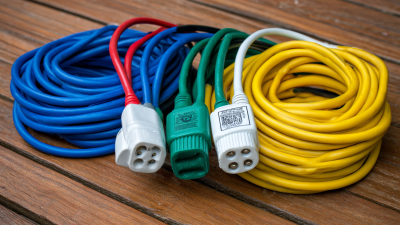
The Ultimate Guide to Choosing the Right Outdoor Extension Cord for Your Needs
-

The Comprehensive Ultimate Guide to Understanding Electrical Cable Selection and Installation
-
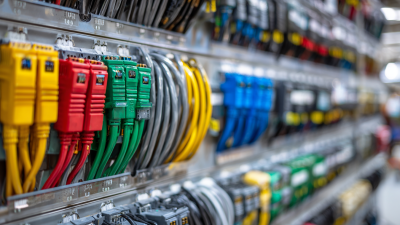
Maximize Your Power: Understanding the Safety and Efficiency of Extension Leads in 2023
-

5 Essential Tips for Choosing the Right Electronic Wire for Optimal Performance
-

The Ultimate Guide to Choosing the Right Cable Wire for Your Electrical Projects